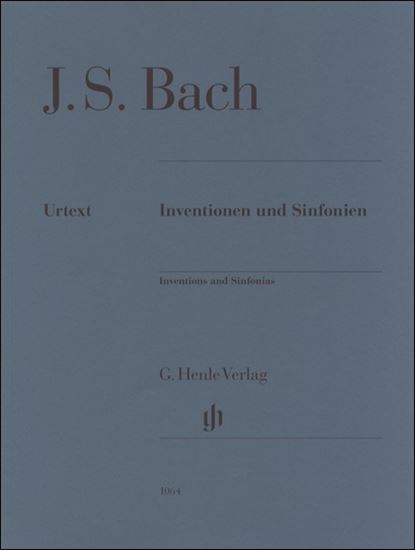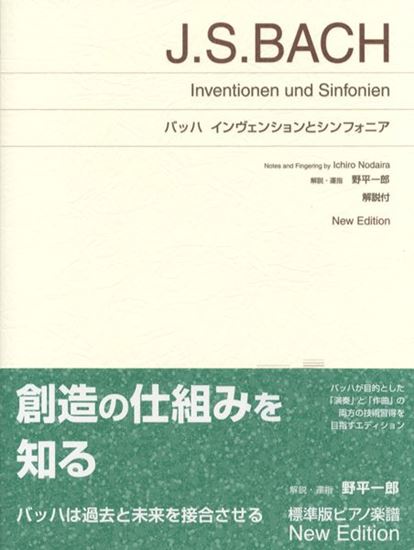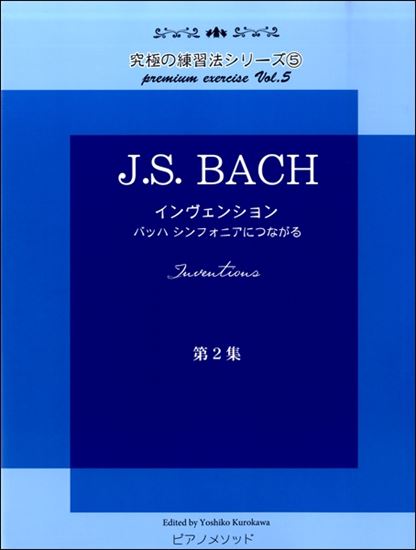Bach, Johann Sebastian : Invention Nr.2 c-moll BWV 773
Work Overview
Genre:pieces
Total Playing Time:1 min 30 sec
Copyright:Public Domain
Commentary (3)
Author : Takamatsu, Yusuke
Last Updated: September 18, 2020
[Open]
Author : Takamatsu, Yusuke
C minor, 4/4 time.
For this piece's "inventio (conception)," a theme employing canonic technique was devised. It is noteworthy as the only canonic keyboard work composed before the Goldberg Variations (BWV 988).
The entire piece is divided into three sections. First, in the initial theme exposition, the lower voice follows the upper voice with a two-measure delay (mm. 1-10). In the subsequent ten measures, the lower voice repeats the material of the upper voice from the first exposition in the dominant key of G minor, with the upper voice then following it. Thus, in the second exposition, the same structure as the first exposition is maintained, but with voice inversion (mm. 11-20). The final seven measures are not canonic; after a two-measure introduction, they form a coda through imitation of the theme.
Author : Hayashikawa, Takashi
Last Updated: March 15, 2018
[Open]
Author : Hayashikawa, Takashi
- Symbols a-d refer to the themes used in the development.
- Measures 1-10 present a canon led by the right hand. Measures 11-20 present a canon led by the left hand.
- The theme from measure 20 develops in measures 21 and 22 with inversion, and the opening theme is recapitulated with inversion in measures 23-26, concluding the piece.
Score example provided by: Bärenreiter Verlag
Author : Ooi, Kazurou
Last Updated: March 12, 2018
[Open]
Author : Ooi, Kazurou
No. 2 in C minor
Bach's C minor, as observed in works such as the Partitas and Books 1 and 2 of The Well-Tempered Clavier, does not, in my view, express loneliness or sadness. Therefore, while the interpretation of this Invention No. 2 is ultimately at the performer's discretion, I will offer some performance suggestions, including approaches to achieve a more musical rendition.
First, regarding trills: For trills, such as the one appearing in measure 2, beat 4, where the subsequent note is a short note like a 32nd note, the trill should be sustained until that note. Do not stop it midway. In such cases, it is permissible to assume that the speed of the trill is the same as that of the 32nd notes.
In measure 3, beat 3, the trill is written on G, so it will be a trill between G and A-flat. The question then becomes which note to start from. In many instances, it is customary to commence a trill from a note distinct from the preceding one. That is, since the last note of beat 2 ends on G, if there is a choice between G and A-flat for the trill on beat 3, start from A-flat. If you start the trill from A-flat, to conclude the trill on the main note G, the number of notes must be even to land on G. Therefore, play four notes from A-flat: A-flat G A-flat G. Since these trills also appear later in the left hand, instructors should consider their difficulty and set a tempo that allows learners to execute them without undue strain.
Next, let's discuss descending seconds. All descending seconds, such as G-F in measure 3, beat 3, right hand, or F-E-flat in measure 4, beat 1, right hand, incorporate a suspension (non-harmonic tone). This implies that the first note is carried over from the previous beat, functioning as a non-harmonic tone, which then resolves on the second note. Consequently, care must be taken to avoid placing an accent on the second note.
Furthermore, points of chord resolution frequently occur on the first beat of a measure, necessitating careful attention. For example, measure 4, beat 4, contains a dominant seventh chord (B-flat D F A-flat), which resolves to an E-flat G B-flat chord in measure 5, beat 1. Consequently, the right hand's A-flat F B-flat F on measure 4, beat 4, moves to G, and this G should not be accented. It should arrive at G almost imperceptibly. Instead, the E-flat on the off-beat receives emphasis (this emphasis does not imply playing fortissimo, but rather that the stress falls on E-flat). Similarly, from this point onward, particular attention should be paid to such chord resolution points, ensuring that the resolving note remains unaccented.
I also believe it is permissible to perform the piece slowly and legato. The piece modulates to C minor, E-flat major, G minor, and other keys. Vary the atmosphere of each key to prevent a monotonous performance.
PTNA & Partner Channel Videos(5items)
Sheet MusicView More
Scores List (37)

カワイ出版

(株)ヤマハミュージックエンタテインメントホールディングス
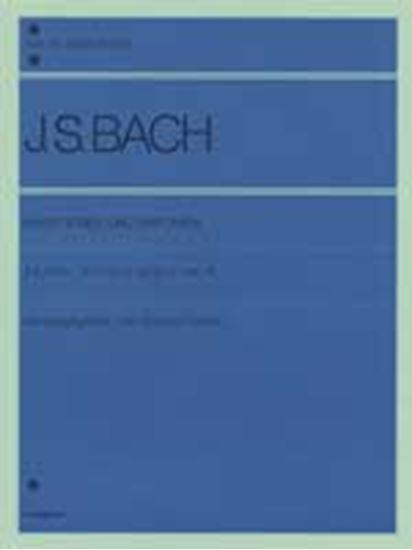
(株)全音楽譜出版社
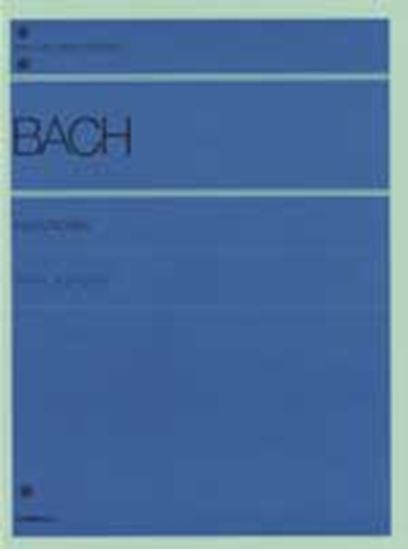
(株)全音楽譜出版社

(株)ヤマハミュージックエンタテインメントホールディングス

(株)ドレミ楽譜出版社

(株)音楽之友社

(株)全音楽譜出版社

(株)音楽之友社

(株)音楽之友社

(株)ドレミ楽譜出版社

(株)ドレミ楽譜出版社

(株)ドレミ楽譜出版社

(株)ドレミ楽譜出版社

カワイ出版

(株)渓水社

(株)音楽之友社

(株)全音楽譜出版社

(株)エー・ティ・エヌ

(株)全音楽譜出版社

カワイ出版

(株)音楽之友社

(株)音楽之友社

(株)ヤマハミュージックエンタテインメントホールディングス

(株)ヤマハミュージックエンタテインメントホールディングス

Neil A. Kjos Music Company








